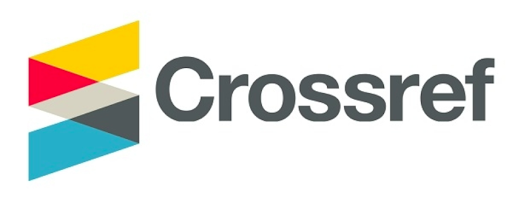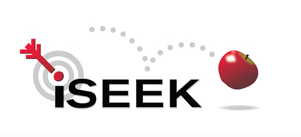Paper ID : SMJ2302255902691 | View : 0

Abstract : Introduction: Glass ionomer cement (GIC) is a self-adhesive restorative material. It is made of fluoro-alumino-silicate glass and polyacrylic acid. Its primary benefit is the good adhesive bond with the tooth. However, the main drawback of GIC is that it has poor mechanical properties, limiting its use. So, resin-modified glass-ionomer is available, and then Zirconomer Improved was developed as a recent addition to enhance mechanical and aesthetic properties. Flexural and Shear bond strength are used as indicators for ideal performance of the restorative materials. Aim: To evaluate flexural and shear bond strengths of Zirconomer improved and compare it with resin modified glass ionomer cement (GC Fuji II LC). Materials and Methods: A total number of 36 specimens will be used in the present study. For flexural strength test, 18 Specimens will be prepared in a Teflon mold immediately after mixing. 9 specimens for Group I (Zirconomer Improved) and 9 specimens for Group II (GC Fuji II LC). For shear bond strength, the occlusal surface of 18 molars will be ground flat, and cylinders of the both restorative materials (n = 9) will be bonded to the occlusal surface according to manufacturers' instructions. All specimens will be thermocycled before they are subjected to tests by a Universal testing machine. Results: GC Fuji II LC displayed significantly high bond shear bod strength than ZIRCONOMER Improved. Conclusions: In this in vitro evaluation, GIC Fuji II LC consistently perf










